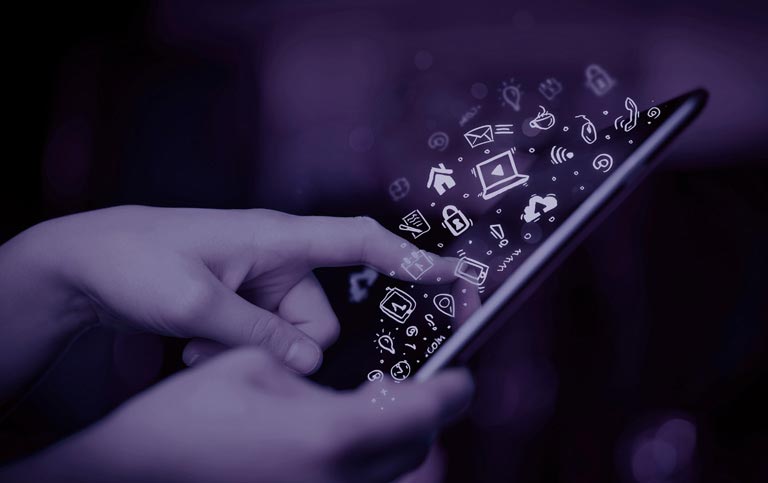Game-Based Learning Strategies to Boost Employee Engagement
Traditional Training Is Boring and Costly When It Fails
Lengthy PowerPoint decks. Endless lectures. Click-and-drag eLearning. Let’s face it, most corporate training isn’t lively or effective. Employees disengage. Knowledge fades. Time, effort and money go to waste. That’s where game-based learning comes in. It’s not about playing games. It’s about learning through experience and engagement.
And it’s a proven way to boost performance, retention, and ROI.
What Is Game-Based Learning?
Game-based learning uses game mechanics to provide training that is fun, interactive, and goal-driven.
It applies ideas like:
- Points and rewards
- Leaderboards and badges
- Levels and unlocks
- Missions, quests, and challenges
- Feedback and progress tracking
- Real-time decisions and consequences
In a business setting, this looks like:
- Sales simulations
- Customer service impersonations
- Compliance quests
- Microlearning tournaments
The outcome? Higher employee engagement, better retention, and stronger performance.
Why Game-Based Learning Works
Humans learn better when they’re engaged. Gamification taps into stimulation, challenge, and competition, making learning feel less like work.
Here’s what makes it effective:
- Encourages dynamic participation
- Boosts confidence through small wins
- Increases knowledge retention
- Adds fun and social connection
- Hypes problem-solving and decision-making
It turns passive learners into curious problem-solvers.
Game-Based Learning vs. Traditional Training
| Feature | Traditional Learning | Game-based Learning |
| Format | Static and Passive | Dynamic and Interactive |
| Engagement | Low | High |
| Completion Rates | 40-60% | 80-90% |
| Feedback | Delayed | Instant |
| Customization | Limited | Highly Personalised |
| Motivation | External (Mandated) | Internal (Goal Based) |
The difference? Learning that sticks.
5 Game-Based Learning Strategies to Try
Let’s break down authenticated strategies you can apply to your corporate learning programs. Each one uplifts employee engagement while supporting real-world performance.
1. Micro-Challenges with Real Rewards
- Crack training into small, 5–10 minute tasks
- Award points, stars, or badges for each win
- Incorporate instant feedback and progress tracking
Best for: onboarding, compliance, product updates
Why it works: Fast wins keep learners motivated to continue.

game-based learning
2. Role-Based Interactive Simulations
Let learners step into actual job roles using interactive simulations.
Example: a customer service rep handles multiple complaint scenarios.
Branching logic creates different paths and outcomes.
Best for: customer service, safety, leadership development
Why it works: Builds confidence in real-world decisions.
3. Leaderboards and Peer Competition
Add a friendly film of competition.
Track outcomes, completions, and time taken across teams.
Publicly display top performers (optional).
Best for: team training, sales, global rollouts
Why it works: Competition boosts engagement and accountability.
4. Progress Unlocks (Levels + Badges)
Use barrier learning paths with levels and achievements.
Unlock content after completing prior tasks.
Add digital badges or certifications.
Best for: soft skills, onboarding, cross-training
Why it works: Encourages compatible progress and goal-setting.
5. Time-Limited Quests or Challenges
Add urgency with countdowns and time limits.
Use weekly or monthly challenges to restore key content.
Offer real-life rewards or recognition.
Best for: compliance refreshers, product knowledge, behavior training
Why it works: Builds excitement and boosts memory recall.
Real Results: A Case Study Example
A global logistics firm struggled with safety training completion. Only 55% of employees finished modules on time.
42 Design Square created a game-based safety program:
- Purpose-driven training quests
- Interactive hazard simulations
- Weekly leaderboard with badges
- Instant feedback and retry options
Results in 90 days:
- Completion rates jumped to 93%
- Incident reports dropped by 25%
- Learner satisfaction: 4.7/5 average
That’s game-based learning in action.
Benefits of Game-Based Corporate Learning
Here’s what businesses gain:
Higher retention: Learners remember more, extensively
Better participation: People return to finish modules
Faster onboarding: New hires learn quicker
More accurate decisions: Real-world practice in a safe space
Cultural shift: Learning becomes part of work, not segregate from it
It’s not just about fun, it’s about impact.
Where Game-Based Learning Fits
These strategies can be used across:
- Onboarding programs
- Sales and product training
- Compliance and process updates
- Soft skill development
- Safety and risk management
- Customer service simulations
- Global team training programs
Whether live, online, or blended, it positions itself anywhere.

employee engagement
How 42 Design Square Helps You Build It Right
At 42 Design Square, we specialize in turning training into experiences.
We create game-based learning modules that are:
Placed with your learning goals
Built for desktop and mobile
Designed for real performance outcomes
Integrated with your LMS or learning platform
Visually rich and story-driven
We merge learning science, storytelling, and tech to create results-driven content.
What You Get with 42 Design Square
- Interactive simulations with splitting logic
- Microlearning with gamified UX
- Custom badges, levels, and feedback systems
- Analytics dashboards to track performance
- Instructional design + visual + tech expertise
We don’t just design. We build learning that delivers.
Let’s Make Training Worth Their Time
Your employees want more than content. They want challenges, progress, and objectives. Game-based learning makes that happen. Let’s stop checking boxes. Let’s start designing learning that excites, educates, and empowers.
Ready to level up your training? Visit www.42designsquare.com
Let’s generate learning that people love and that grows your business. Because learning should be remembered not disregarded.
Let’s gamify it.
.
Frequently Asked Questions
What is game-based learning in corporate training?
Game-based learning in corporate training involves using game elements like points, levels, and challenges to create engaging and interactive learning experiences that drive real-world performance and retention.
How does game-based learning improve employee engagement?
It boosts engagement by adding fun, competition, and reward systems to training. Employees stay motivated through progress tracking, simulations, and instant feedback.
What are examples of interactive simulations in game-based learning?
Examples include role-based scenarios like handling customer complaints, sales pitches, compliance decision-making, and safety hazard identifications—all within a risk-free digital environment.
How effective is game-based learning compared to traditional methods?
Game-based learning has higher engagement and completion rates—often 80–90%—compared to traditional methods which average around 40–60%. It also improves knowledge retention and decision-making skills.
Where can game-based learning strategies be applied in a company?
It can be used in onboarding, compliance training, sales enablement, soft skills development, customer service training, and global team learning programs.







